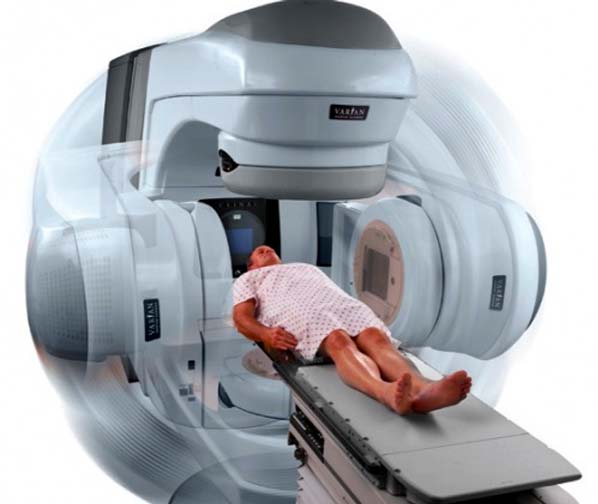External Beam Radiation Therapy for Cancer Detection
External beam radiation therapy is a well-known method of detecting and treating cancer. This is a local cancer treatment, meaning the radiation is directed towards a specific part of the body. This method is less invasive because the other organs face the least risk of cell damage via radiation. You can find out more about this kind of treatment from sites like www.targetingcancer.com.au/.
Here is a brief overview of this kind of therapy.
There are various types of external beam radiation therapies, and sometimes they are used by themselves or consecutively, per the nature of the tumour.
Types of Therapy
1. 3D Conformal Radiation Therapy
The computer first analyses the images of the tumour to calculate the dose and treatment. The therapy uses PET scans, MRIs and CT scans to diagnose the position of the tumour, its size, and thereby, to plan a treatment area. The exact shape of the tumour is detected by delivering rays from all directions. The form comes into view when the rays hit the obstacle, that is, the tumour. By precisely shaping the tumour, it is possible to use high doses of radiation on the affected organs while sparing the healthy tissues.
2. Image-guided Radiation Therapy (IGRT)
IGRT is used for imaging scans to detect cancer and also to prepare a treatment plan. It can also be used for radiation therapy sessions. Repeated scans determine the tumour’s size and location, and the precise measurements deliver accurate radiation during the treatment.
3. Tomotherapy
This treatment uses a machine that combines an external-beam radiation machine as well as a CT scanner. It helps in detecting the tumour and right before the treatment sessions. The machine rotates around the patient during the procedure and delivers radiation in a spiral pattern. It can spare healthy tissues because of the slice by slice rotational format.
What can You Expect?
The external beam radiation therapy is done with the help of a linear accelerator that can deliver high-energy beams to the body. It delivers the exact dose of radiation that the doctor has prescribed. The accelerator moves around the patient, sending beams from several angles.
This treatment can be done five days a week or as prescribed by the doctor. The treatment sessions are also spread over several weeks so that healthy cells can grow in between the sessions. The sessions can be anywhere between ten to thirty minutes long.
What are the Results of this Therapy?
Your oncologist will recommend taking periodic scans to see whether the tumour responds to the therapy and whether it has shrunk in size. It might take several weeks for cancer to show positive results, and in some cases, it might not work. In that case, the oncologist will recommend another course of treatment.
There are other forms of external beam radiation therapy, but they are used mostly for treatment rather than detection. The oncologist will inform you about the action plan for treatment, depending on its complexity, radiation dose, schedule, and cancer stage.






























